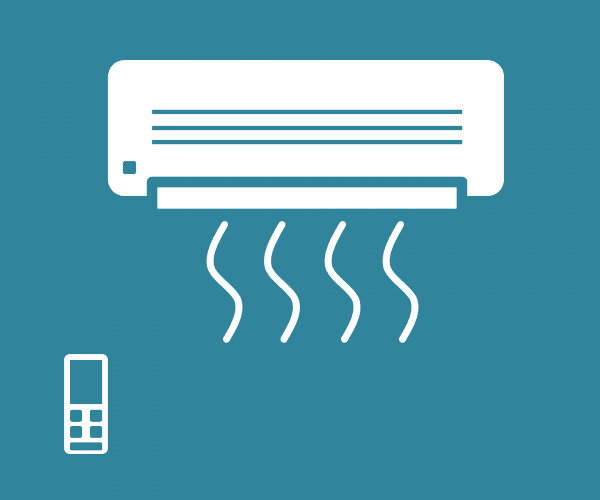The effectiveness of non-mechanical, low-energy methods for moderating temperature and humidity has been evaluated in a series of experiments by researchers from the University of Cambridge.
The researchers found that a temperature difference between inside and outside has a remarkably small effect on how well a room is ventilated when ventilation is primarily driven by wind. In contrast, wind can increase ventilation rates by as much as 40% above that which is driven by a temperature difference between a room and the outdoors. The exact rate of ventilation will depend on the geometry of the room.
The results, reported in the journal Building and Environment, could be used to help designers and urban planners incorporate natural ventilation principles into their designs so that buildings can be kept at a comfortable temperature while using less energy
Heating and cooling account for a significant proportion of energy use in buildings: in the US, this is as high as 50 per cent. In addition, as global temperatures continue to rise, demand for air conditioning – which emits greenhouse gases – rises as well, creating a damaging feedback loop.
Read more at University of Cambridge


